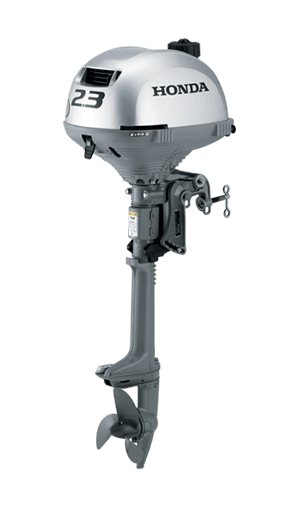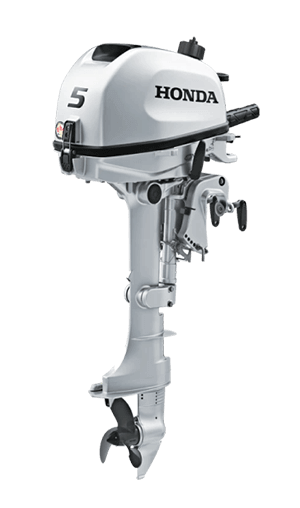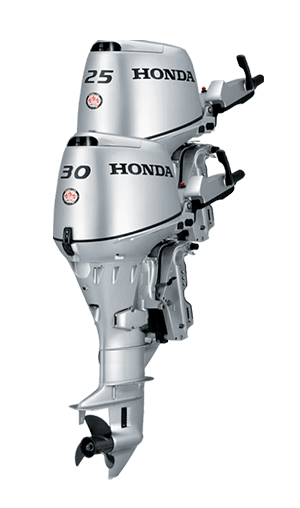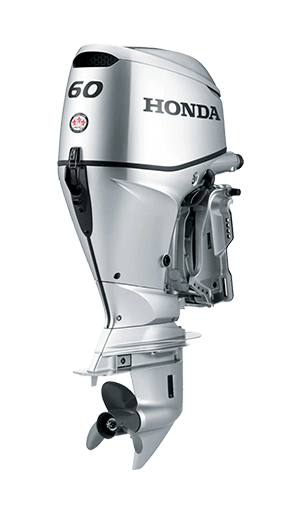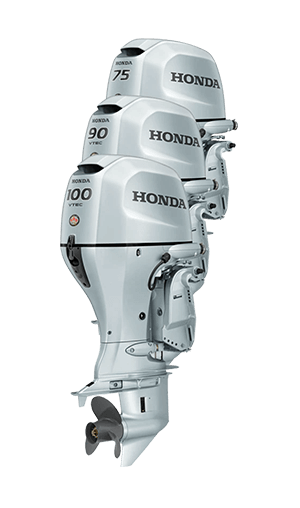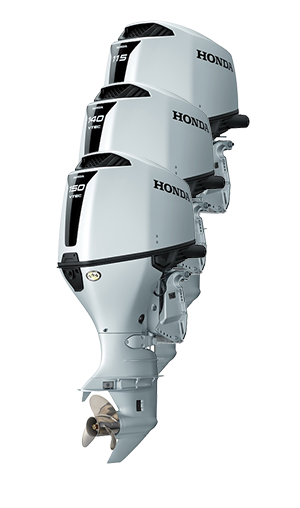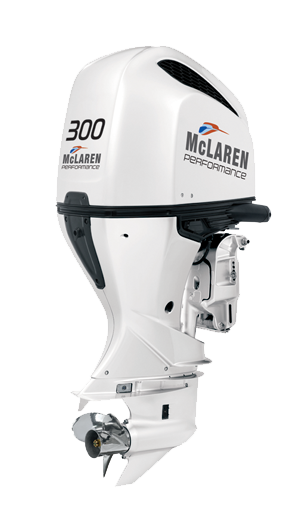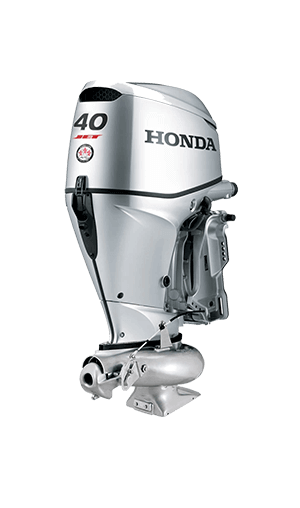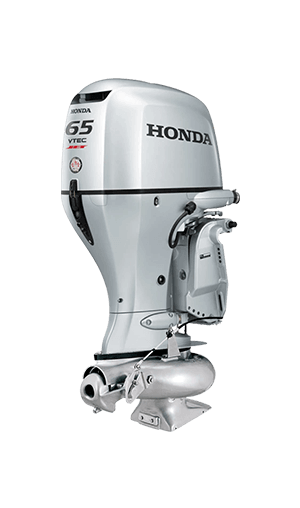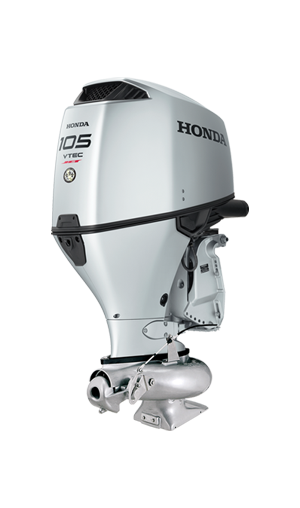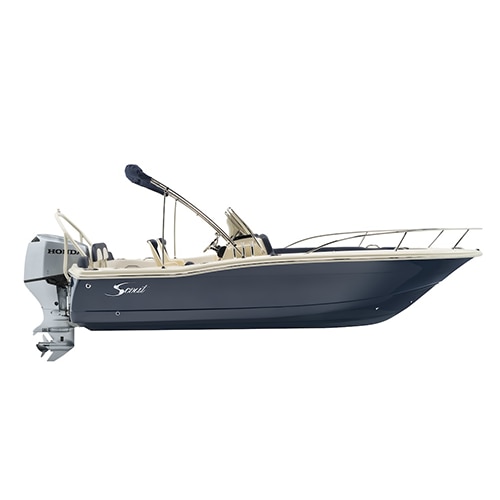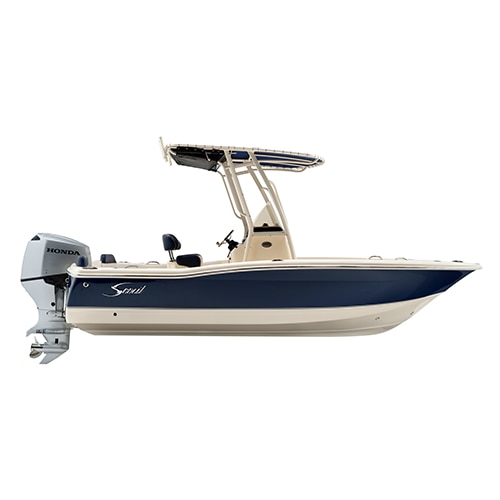Boating Safety Tips

No matter how much experience you have, it’s always a good idea to review boating safety rules and practices before leaving the dock. Whether it’s following a pre-departure checklist, checking the weather ahead of time or taking a boating safety course – there are many things one can do to stay safe on the water.
Take a Boating Safety CourseNew boaters and experienced experts alike need to be familiar with the boating rules of the road. Boating safety courses are offered locally, inexpensive, and often completed in a day. Online boating education courses are also available.
Get a Free Vessel Safety CheckThe U.S. Coast Guard Auxiliary and U.S. Power Squadrons offer complimentary boat examinations to verify the presence and condition of specific safety equipment required by state and federal regulations. Free of charge, they also offer virtual vessel exams.
Follow a Pre-Departure ChecklistUtilizing a pre-departure checklist is a helpful way to check the boat and ensure the proper gear is onboard.
Be Weather-Wise:Always check local, route, and destination weather and water conditions before departure and ensure it is safe to go out.
Use Common Sense:Operate at a safe speed at all times (especially in crowded areas), stay alert, and steer clear of large vessels and watercraft that can be restricted in their ability to stop or turn.
Know the Nautical Rules of the Road:Maintain a proper lookout and be respectful of buoys and other navigational aids, all of which have been placed there to ensure your safety and the safety of the boats around you. To learn more, check out the USCG's Navigation Rules information page.
Designate an Assistant Skipper:Make sure more than one person on board is familiar with all aspects of the boat’s handling, operations, and general boating safety, in case the primary operator is incapacitated, and someone else needs to get the boat back to shore.
Develop a Float Plan:Whether you inform a family member or staff at your local marina, let someone else know where you’re going and how long you’ll be gone.
Wear a Life Jacket:Assign and fit each member of your onboard team with a life jacket before departure. Regulations vary by state, but children under 13 and all watersports riders should wear a life jacket on the water. The US Coast Guard offers useful resources on choosing the right life jacket.
Never Drink and Drive a Boat:Operating a boat while intoxicated is illegal. Nearly half of all boating accidents involve alcohol—designate a sober skipper before leaving the dock.
Be Aware of Carbon Monoxide:Maintain fresh air circulation throughout the boat. Educate all passengers about the symptoms of CO poisoning and where CO may accumulate.
Don't Swim in a Marina:Never swim in a marina or other areas where boats are connected to shore power. Stray power in the water can create an electric shock hazard.
Stay Clear of the Engine:Drivers should wear the boat’s engine cut-off switch lanyard at all times. Keep watch around the propeller area when people are in the water. Never allow passengers to board or exit your boat from the water when engines are on—or idling. Take extra precautions near boats towing skiers or tubers.
Never Jump from a Moving Boat:Passengers should never participate in boat jumping. Instead, wait to exit the boat once the captain has announced that the boat’s engine is off, and the boat is at a standstill. Jumping from a moving boat is extremely dangerous and can result in severe injury or death.





